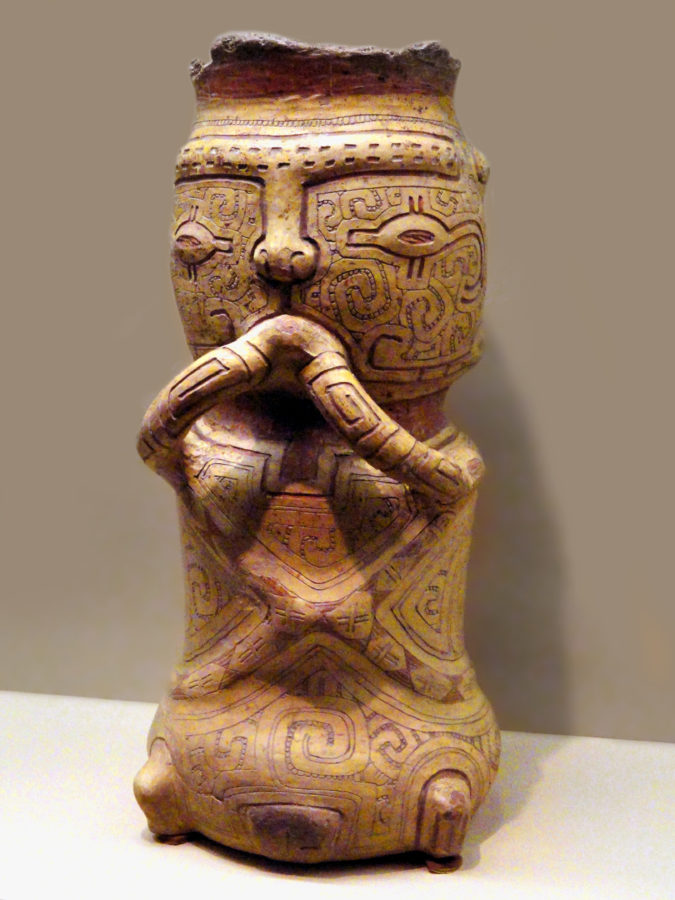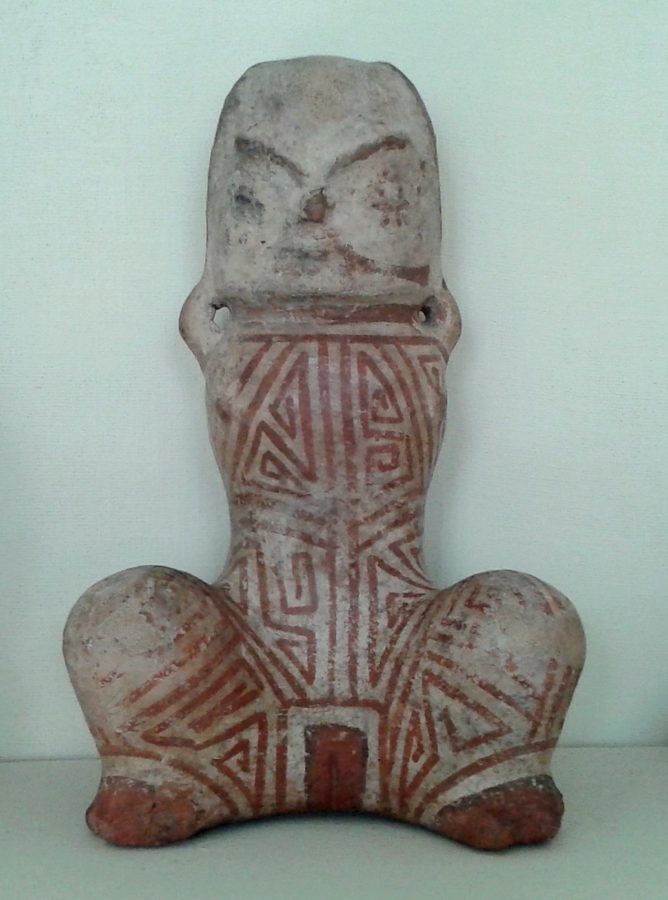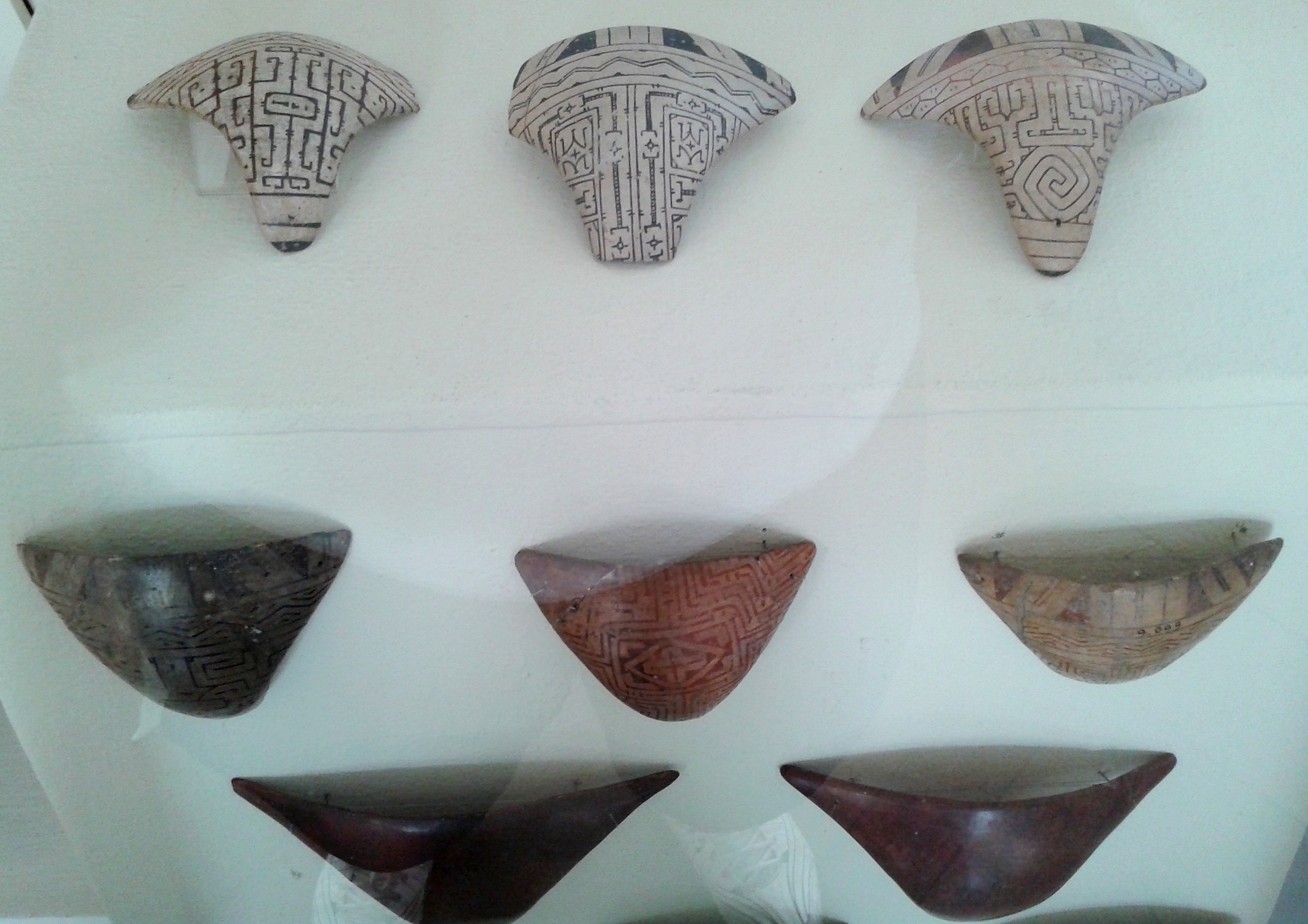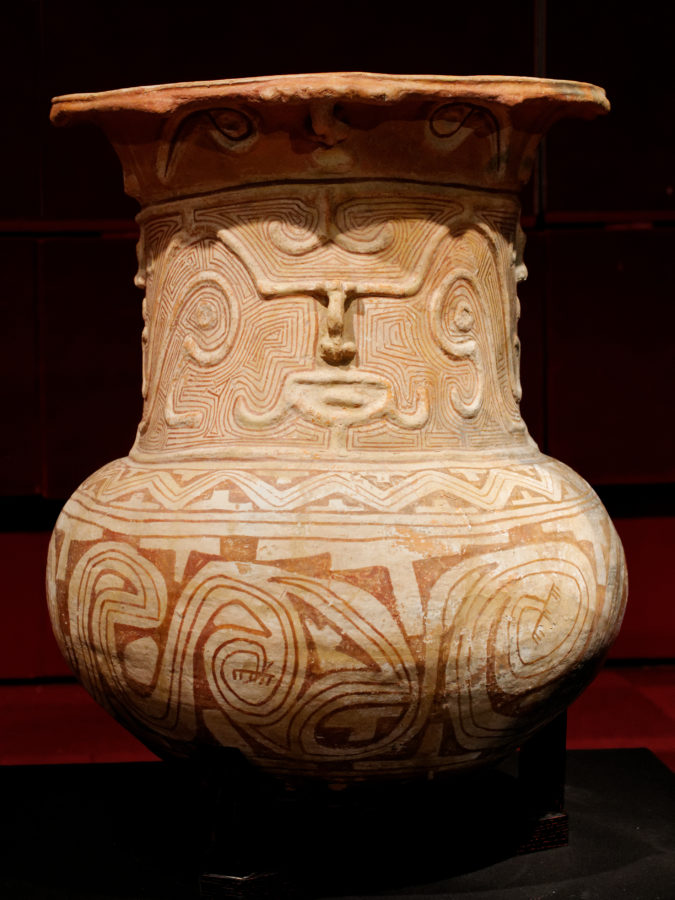Five Contemporary Women Artists from Latin America You Need to Know
When we speak about contemporary art in Latin America, women artists are at the center stage. Working around various mediums and highlighting themes...
Natalia Tiberio 19 June 2023
You have probably heard of the Incas, Mayans, and Aztecs. These civilizations are called pre-Columbian, a division that includes everything that happened in the American continent from the Paleolithic until the arrival of Europeans in the 15th century. The Marajoara culture, which occupied part of the Brazilian territory that today corresponds to the Amazon forest, is one of the cultures prominent during the pre-Columbian era.
Wait, you have never heard of them? Don’t worry, that’s not unusual. When the Portuguese arrived in Brazil in 1500, they had already been gone for about 200 years. The Marajoara civilization developed from the year 400 CE, but there are indications of human activity in the region since the year 1000 BCE. Other civilizations also occupied the territory that would be called Brazil from 1500, but out of them all, it is the Marajoara culture that reached a level of complexity that went beyond a simple set of people living together. However, studies of it only began in the 19th century.

The Marajoara was named after the present island of Marajó, where they lived reaching an approximate number of 100,000 people during the fourth phase of the occupation of the island. Some archaeological studies propose that this civilization began with a group originating in the Andes, while others maintain that it originated on the island itself.
The Marajoara culture evolved in a highly intricate manner. They were skilled, especially at agriculture—after all, feeding 100,000 people hunting and fishing does not seem to be a task for amateurs… Another interesting characteristic of the Marajoara people is that they created artificial hills, or used existing mountain formations, to build their houses and thus, to avoid any floods.

Marajoara art is composed mainly of ceramic artifacts, created in a careful and extremely detailed manner. The first artifacts were discovered in 1871 and since then they have been seen as proof of the sophistication of the Marajoara culture. Their objects were both functional and decorative, and there is a bit of everything: pots, vases, funeral urns, toys, and even little ritual thongs, like the ones in the image below. Made of clay, the pieces were then decorated with drawings of snakes or other animals. There were also produced baskets of straw, jewelry, and tools.

.jpg)
A few funeral urns have also been found which helped scholars to see the funerary traditions of the Marajoara. In their burial tradition, a person’s flesh was removed from the bones, and the remains were deposited inside the urn.
The Swiss researcher Emilio Goeldi is one of the main responsible for cataloging the ceramic works found in the Marajoara region. Emilio Goeldi is the father of the Brazilian painter Oswaldo Goeldi.

Nowadays, the Marajoara culture is an inspiration for artisans who live in the region. Inspired by the graphics and the geometric motifs left by their ancestors, they manufacture pots, vessels, and other ceramic objects, in a process almost all artisanal. In some villages, the community economy depends on this production.
Unfortunately, many pieces were lost, both by the lack of care of some people who found them and by the passage of time. It is not known exactly how the Marajoara reached the end of their civilization. Studies suggest that they simply left the island around 1300, long before the arrival of the European settlers in 1500. But why? Speculations arise.
DailyArt Magazine needs your support. Every contribution, however big or small, is very valuable for our future. Thanks to it, we will be able to sustain and grow the Magazine. Thank you for your help!